Navigation
DRYSUITS
With a little practice, dry suits can provide unparalleled warmth and comfort during a dive, as well as leaving you nice and dry between and after dives.
The purpose of a drysuit is to ensure the wearer is kept dry and to provide thermal insulation or passive thermal protection to the wearer while immersed in water. Although these suits are predominantly worn by divers, other users such as boaters, water sports enthusiasts, and others who work or play in or near cold water also benefit from these suits. A dry suit normally protects the whole body except the head, hands, and possibly the feet, this is were the need for hoods, gloves and boots are greatly increased. In some configurations, however, all of these are covered as well.
The main part of the drysuit is a waterproof shell made from a membrane type material, neoprene or a commercial foam rubber.
Types of Dry Suits
Scuba drysuits are made from a few different materials.
- Neoprene
- Tri-Laminate
- Vulcanized Rubber
- And more...
Each type of suit comes with its own unique set of pluses and minuses.
Drysuit Features
A dry suits features are what turns it from a big person shaped water bag, into something that can keep you warm and dry in even the coldest water.
Multiple valves, zippers and seals all come together to form what looks to be a deceptively simple suit, but is actually a sophisticated piece of environmental survival equipment.
Fitting Drysuits
Because they are worn baggier than a wetsuit and an exact fit isn't necessary, fitting a dry suit is very easy.
But be aware: different brands can vary in their sizing.
The best thing to do is try on the suit while wearing whatever thermal under garment you plan to wear while diving.
Try squatting down to see if you can do so comfortably. Reach your hands over your head, hug yourself, bend twist and generally move around. If you feel like you have a good range of motion in all angles and directions without the suit being too baggy or tight, then the suit fits.
Make sure the boots fit, as this will be your biggest source of discomfort if not sized properly.
If you can't find something off the rack, then you'll have to get measurements done and order a custom suit.
Putting it All Together
There is no way around it, buying a drysuit is probably the most expensive piece of equipment the 'average' diver will buy. That's IF you can call anyone who is looking for a way to dive in freezing cold water and/or weather 'average'.
If you take a look at each of the above sections you'll have a good head start on picking out a great suit.
If you're lucky and have some dive buddies that own drysuits and are willing to let you try theirs, or a knowledgeable local dive shop like The SCUBA Doctor, them you'll be a lot further ahead.
Take the time to do your homework and you'll find the right suit that hopefully won't empty your bank account.
Skull Rock
![]() Wall Dive |
Wall Dive | ![]() Boat access
Boat access
![]()
![]()
![]()
![]()
![]()
![]()
Depth: 5 m (16 ft) to 65 m (213 ft)
Level: Advanced Open Water and beyond.
Skull Rock (or Cleft Island) is a very rewarding boat dive site for adventurous divers on the eastern side of Cleft Island. The sheer granite rock formation and caves that rise some 113 metres above sea level look skull like from a distance.
Cleft Island is part of the Anser Group of islands at Wilsons Promontory, Victoria, Australia. It's located within the Wilsons Promontory Marine National Park in the often wild seas of Bass Strait.
Diving Skull Rock
The rock formation continues 65 plus metres underwater and makes for awesome diving. There are underwater caves and playful Australian Fur Seals often come to see divers here.
Because of the depths that can be reached here, plus the sometimes strong currents, Skull Rock is best dived at slack water. It drops off steeply, and is well worth a dive on the rare days conditions allow.
Ideal Conditions: Skull Rock is best dived with calm seas, no swell and no wind. Light offshore north-easterly to south-easterly winds may be acceptable. Because of the depths that can be reached here, plus the sometimes strong currents, Skull Rock is best dived at slack water. See WillyWeather (Cleft Island) as a guide for the tide times and the height of the tide.
Bass Strait Warning: Always keep an eye on sea conditions throughout any shore or boat dive in Bass Strait on Victoria's coastline. Please read the warnings on the web page diving-in-bass-strait before diving or snorkelling this site.
Wilsons Promontory Marine National Park
This site lies in Wilsons Promontory Marine National Park, Victoria's largest marine sanctuary. There is a huge diversity of marine life within the waters at the Prom. Brilliantly coloured fish are present such as the Red Velvetfish, Eastern Blue Groper and Wrasse as well as Leafy Seadragons and schools of Barber Perch. Intertidal molluscs such as limpets and snails, as well as anemones, brittlestars and seastars, are also common within the waters.
Divers will experience fascinating sponge gardens which consist of a techni-coloured assemblage of sponges, sea tulips, sea whips, lace corals and seafans. Octopus emerge at night whilst sharks and rays roam the sandy areas.
The offshore islands support many colonies of fur seals and oceanic birds such as Little Penguins, Fairy Prions, Silver Gulls and Pacific Gulls.
See also, Parks Victoria: Wilsons Promontory Marine National Park,
Park Note: Wilsons Promontory Marine National Park, and
Wikipedia: Wilsons Promontory Marine National Park.
You are not permitted to carry a spear gun while snorkelling or scuba diving in Wilsons Promontory Marine National Park.
Traditional Owners — This dive site is in the traditional Country of the Boon Wurrung / Bunurong people of the Kulin Nation. This truly ancient Country includes parts of Port Phillip, from the Werribee River in the north-west, down to Wilson's Promontory in the south-east, including the Mornington Peninsula, French Island and Phillip Island, plus Western Port. We wish to acknowledge the Boon Wurrung as Traditional Owners. We pay respect to their Ancestors and their Elders, past, present and emerging. We acknowledge Bunjil the Creator Spirit of this beautiful land, who travels as an eagle, and Waarn, who protects the waterways and travels as a crow, and thank them for continuing to watch over this Country today and beyond.
Skull Rock Location Map
Latitude: 39° 9.433′ S (39.15722° S / 39° 9′ 25.99″ S)
Longitude: 146° 17.602′ E (146.293363° E / 146° 17′ 36.11″ E)
Datum: WGS84 |
Google Map
Added: 2019-03-13 10:48:32 GMT, Last updated: 2022-04-21 16:18:43 GMT
Source: Google Earth
Nearest Neighbour: Gulf of Carpentaria, 1,221 m, bearing 2°, N
Wilsons Promontory Marine National Park.
Cleft Island, Bass Strait.
Depth: 5 to 65 m.
[ Top ]
DISCLAIMER: No claim is made by The Scuba Doctor as to the accuracy of the dive site coordinates listed here. Should anyone decide to use these GPS marks to locate and dive on a site, they do so entirely at their own risk. Always verify against other sources.
The marks come from numerous sources including commercial operators, independent dive clubs, reference works, and active divers. Some are known to be accurate, while others may not be. Some GPS marks may even have come from maps using the AGD66 datum, and thus may need be converted to the WGS84 datum. To distinguish between the possible accuracy of the dive site marks, we've tried to give each mark a source of GPS, Google Earth, or unknown.

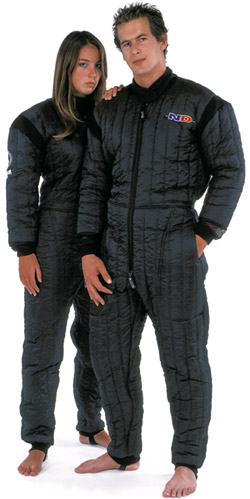






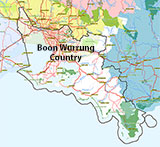
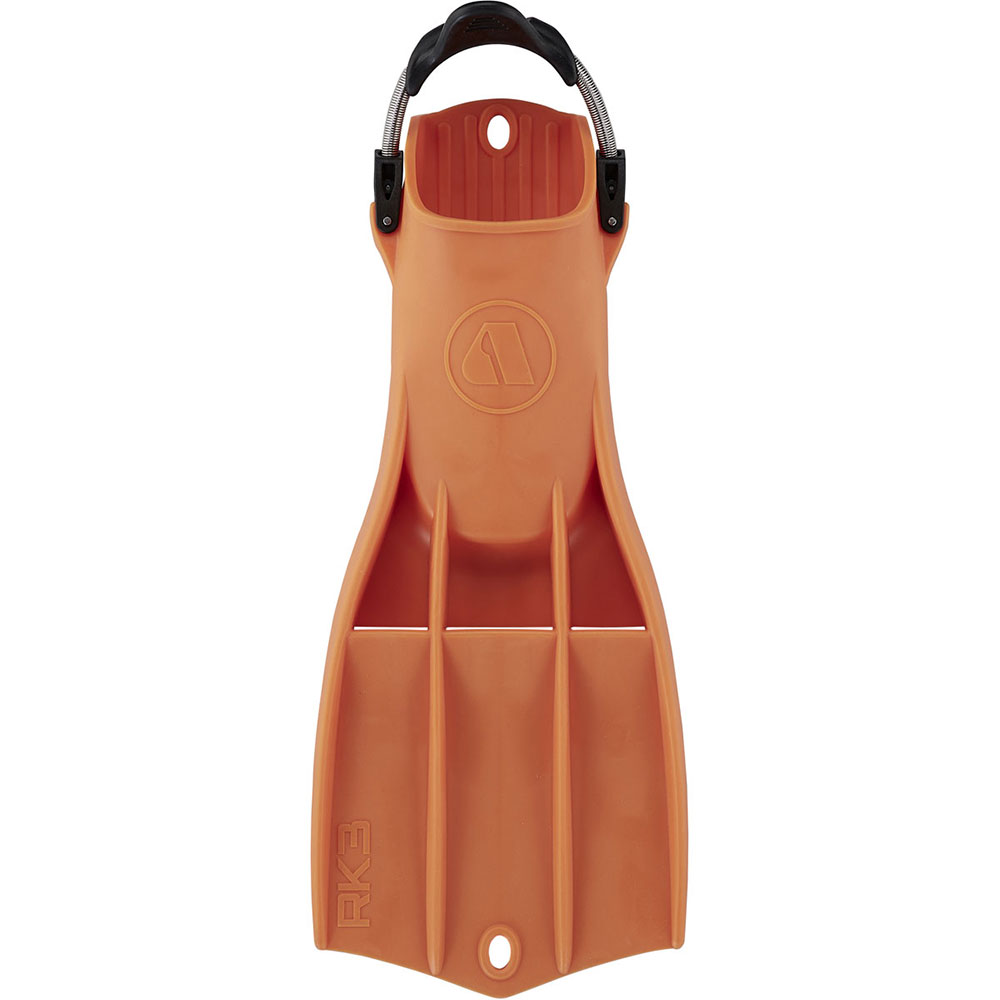
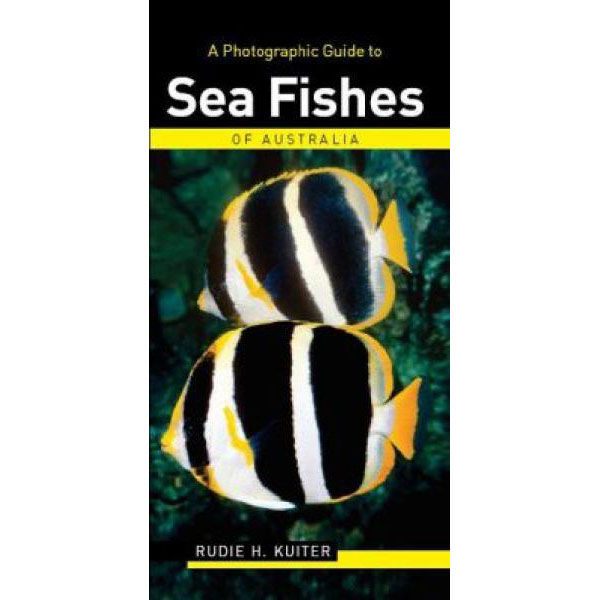
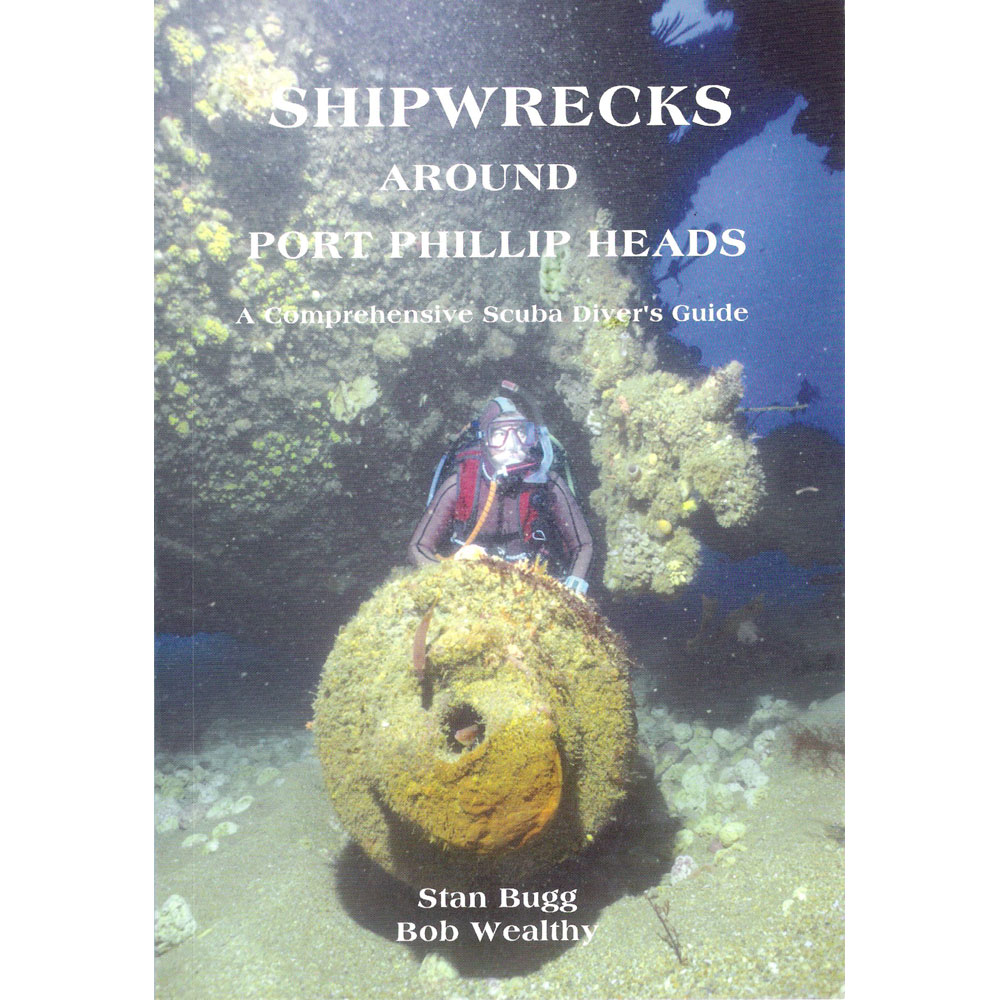
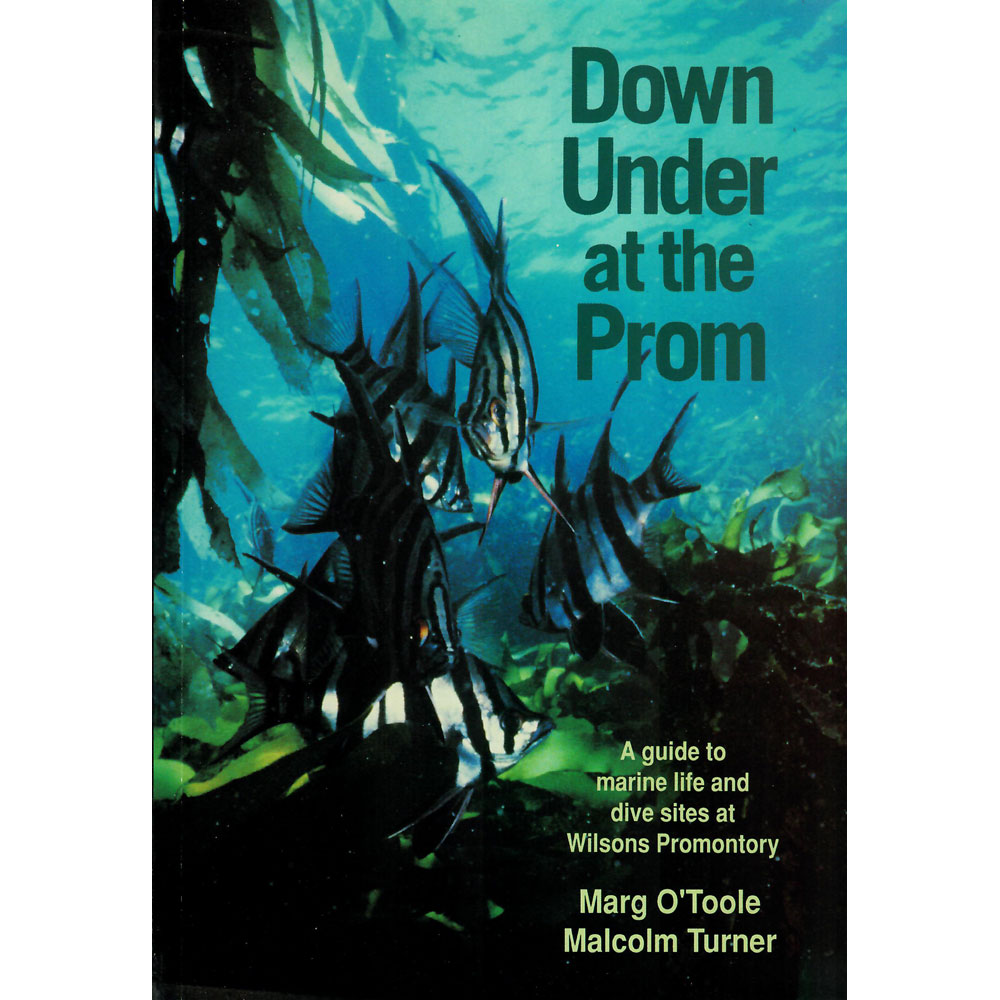
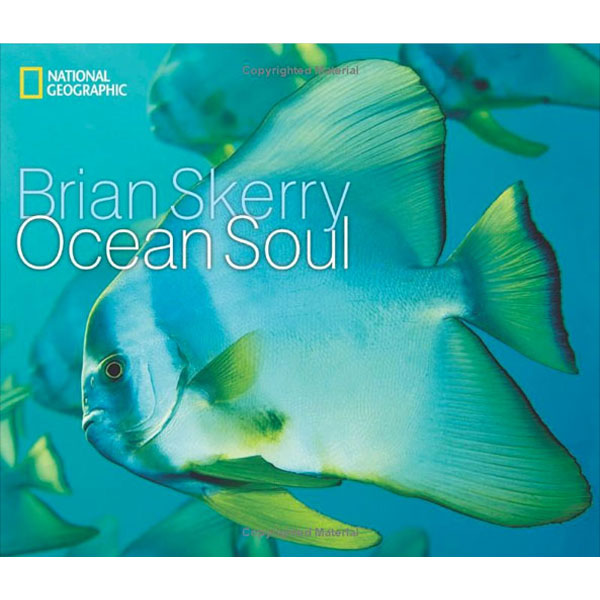
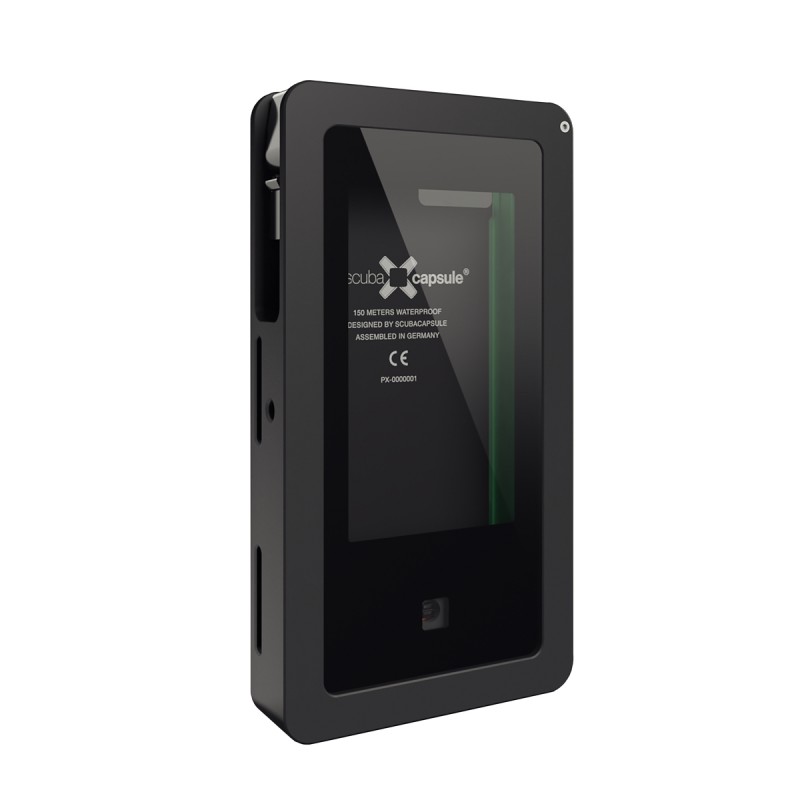
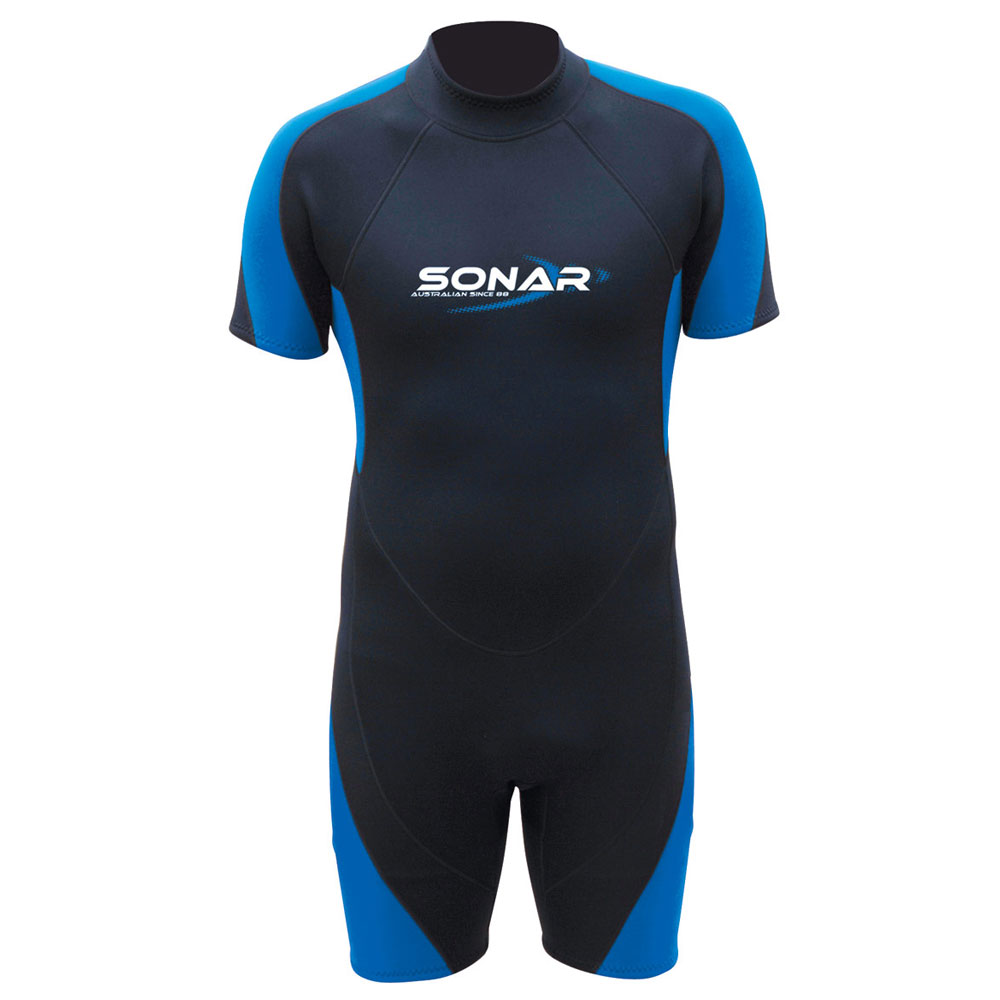
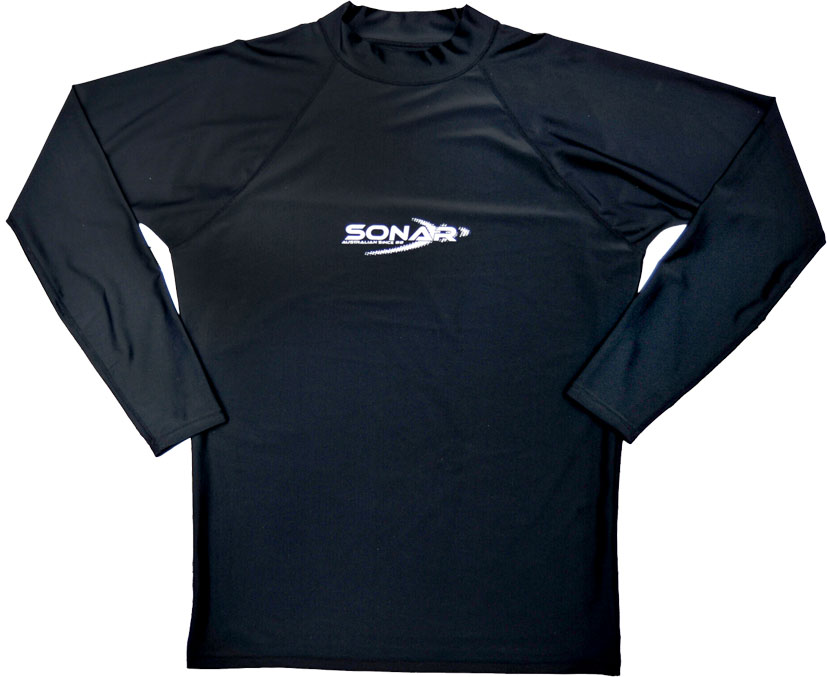
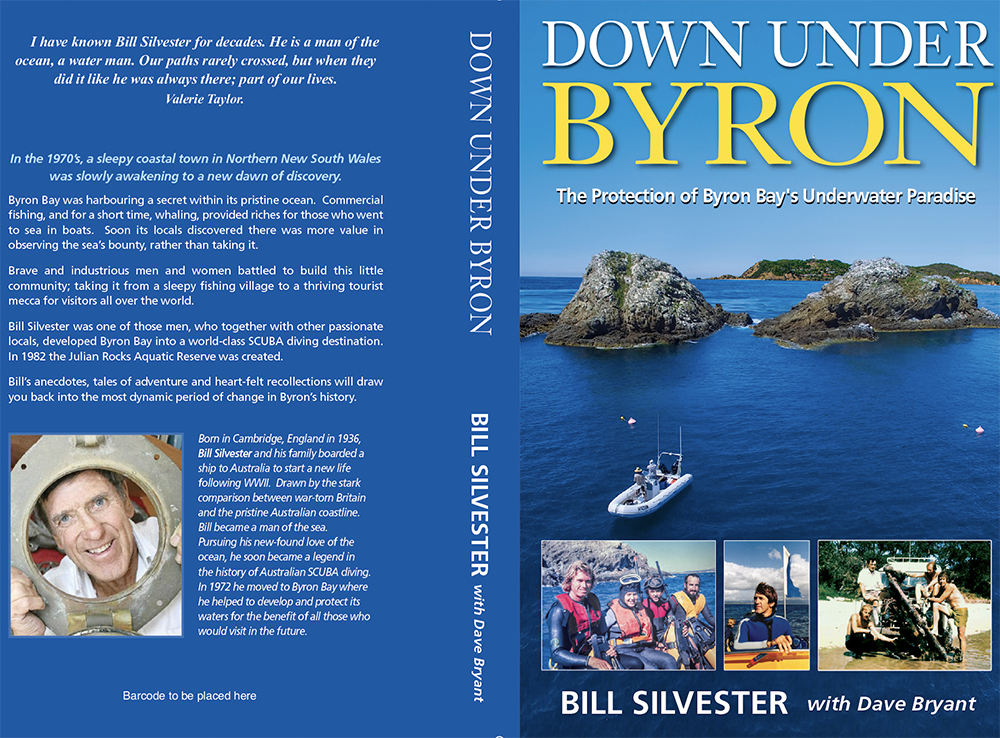
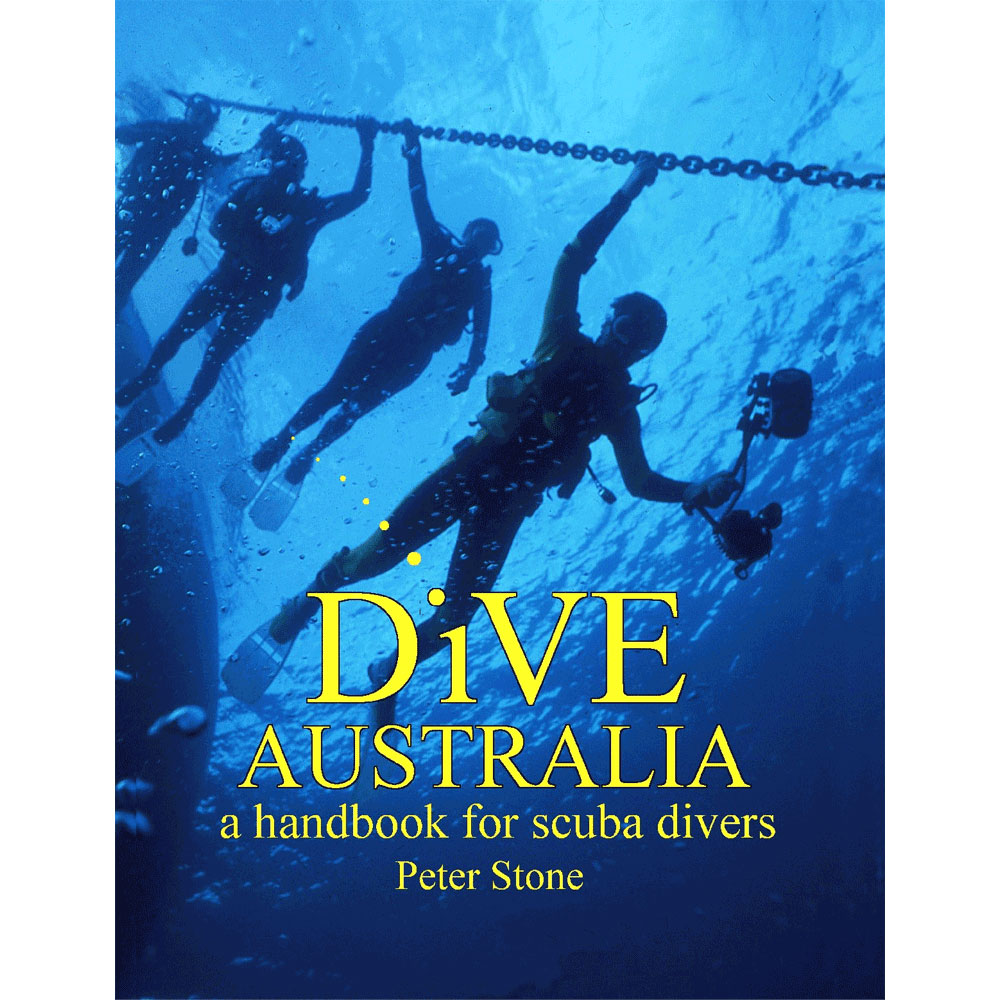



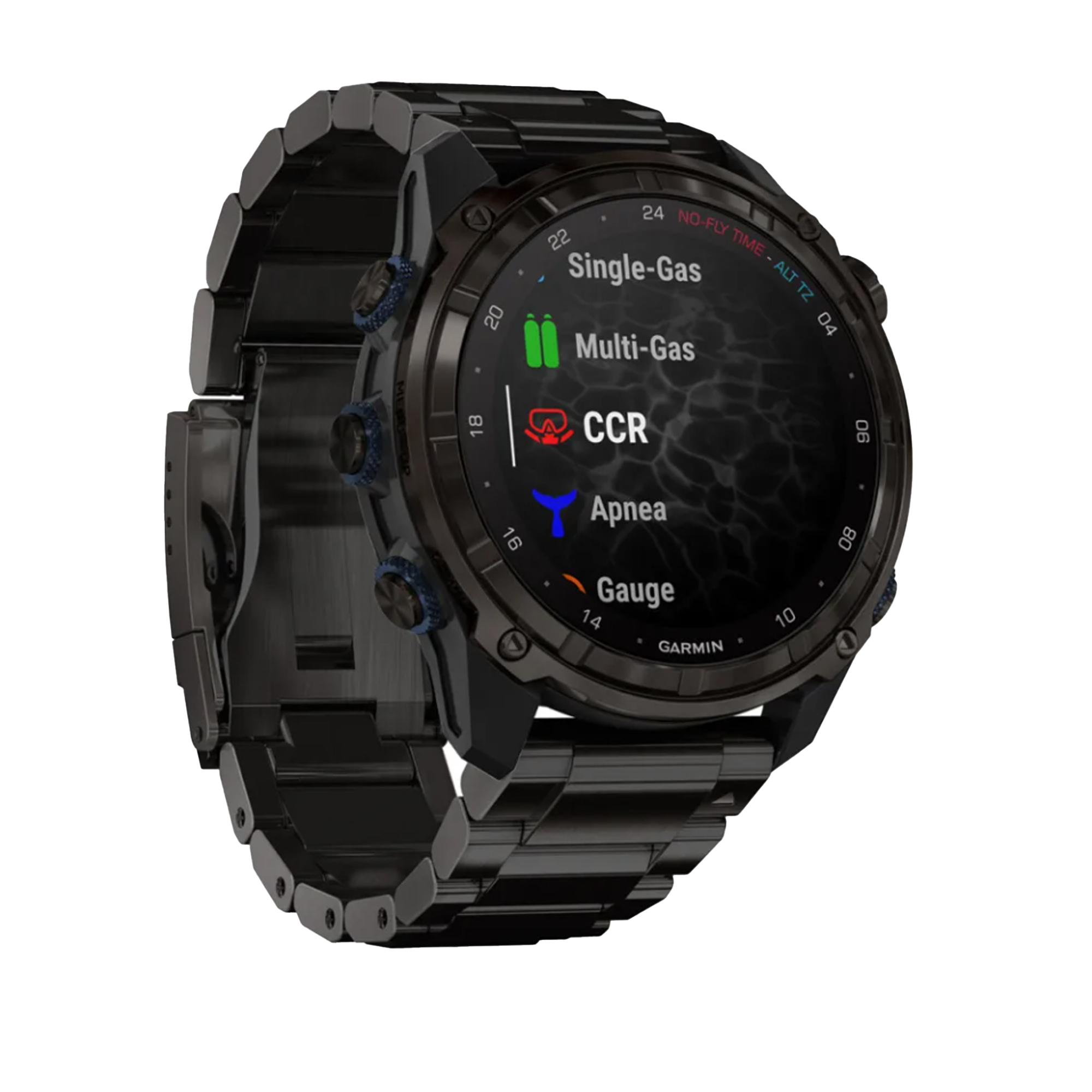




![Halcyon Infinity 30lb System [SS Small Backplate] Halcyon Infinity 30lb System [SS Small Backplate]](/diveshop/images/halcyon/Halcyon-Evolve-Wing.jpg)












































































































